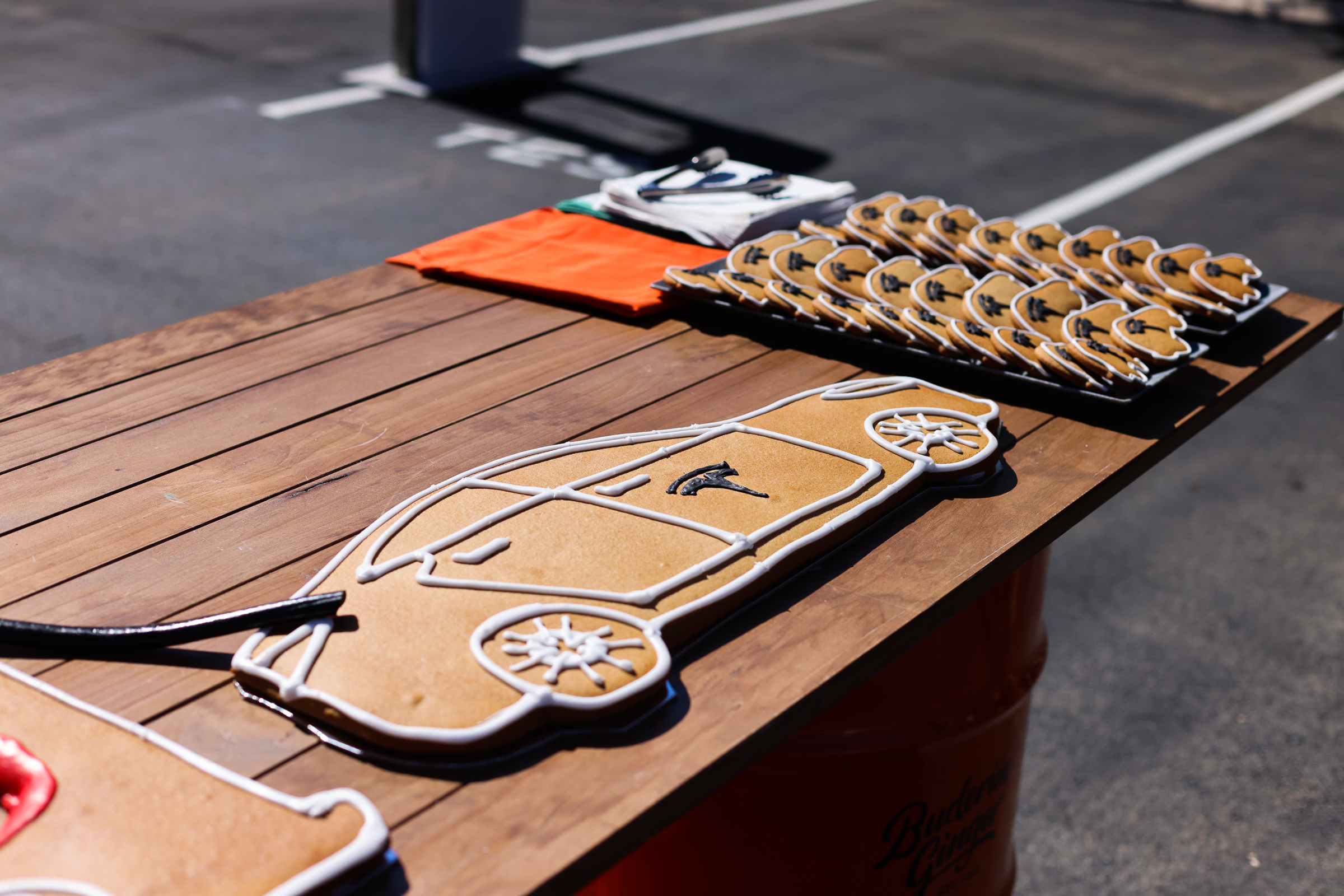QC Copper and Gold (TSXV: QCCU; OTC: QCCUF) says the results from metallurgical tests confirm that a high-quality concentrate can be made with samples from the Opemiska copper-gold deposit. The deposit, located near Chibougamau, Que., was mined between 1954 and 1991. During that time, recoveries averaged 95% for copper and up to 90% for gold. A high-grade (25% to 27% copper) concentrate with gold values was produced with few deleterious elements.
The recent tests indicate recoveries are expected to be similar to historical results, despite a head grade for the open pit being lower than the average grade historically mined from underground.
The rougher performance was evaluated with different grind sizes, and it concluded that a primary grind of 105 microns leads to shorter grind times while producing good recoveries. The rougher test yielded copper recoveries in the 96% to 98% range, and gold recoveries in the same test ranged from 93% to 96%.
“The reason gold recovery is so high in our proposed process that does not include cyanide leaching, is that much of the gold is found either as inclusions in chalcopyrite or as small grains attached to the mineral according to our QEMSCAN study,” said Charles Beaudry, VP exploration for QC Copper. “This allows the gold to float along with the chalcopyrite in the process leading to high gold and silver recoveries with little effort.”
QC Copper plans to do additional metallurgical work to characterize the environmental characteristics features of the ore, waste, and tailings. Not all host rocks show the same characteristics, particularly the pyroxenite host may behave differently than the gabbro in the acid-base accounting test. This will be the focus of future work.
Details, including the 2021 resource estimate, of the Opemiska project are posted on www.QCCopper.com.




